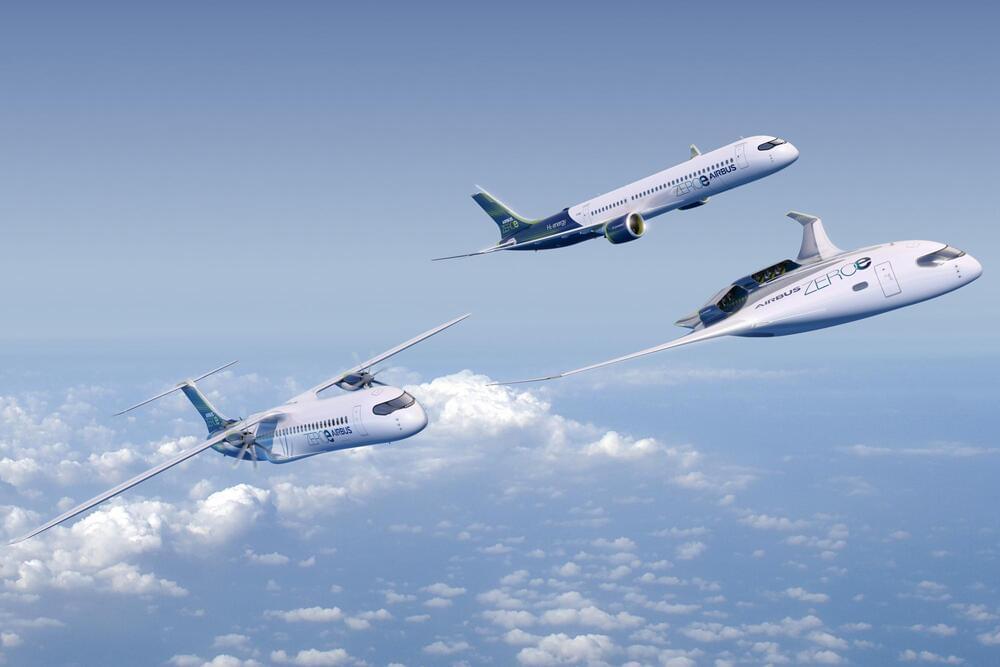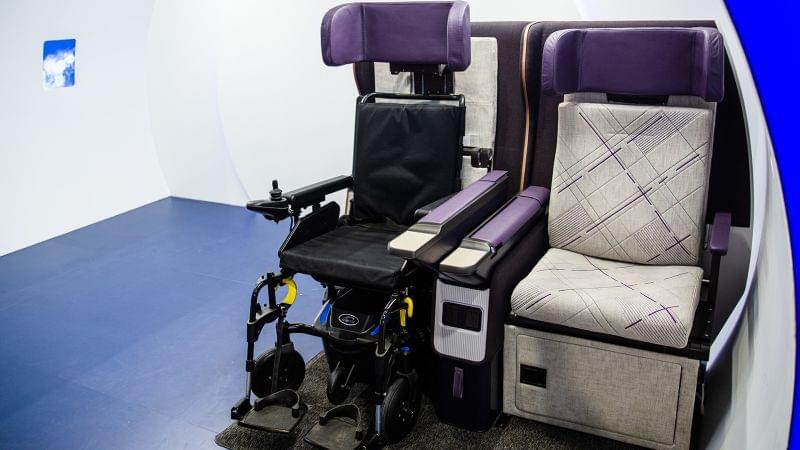Tesla is preparing to ramp up 4,680 battery cell production in Fremont, California. The company recently signed a lease for a new manufacturing facility for essential battery technology that will likely be used for 4,680 cell production.
Sources familiar with the matter told the Business Times that Tesla signed a lease with the industrial real estate investment trust Prologis on a 210,000 sq.ft advanced manufacturing facility. One source shared that the facility would support Tesla’s 4,680 battery cell production.
In Q3 2022, Tesla tripled its 4,680 cell production compared to the previous quarter. Elon Musk and the rest of the Tesla board discussed ramping 4,680 productions at the third quarter earnings call last year.







